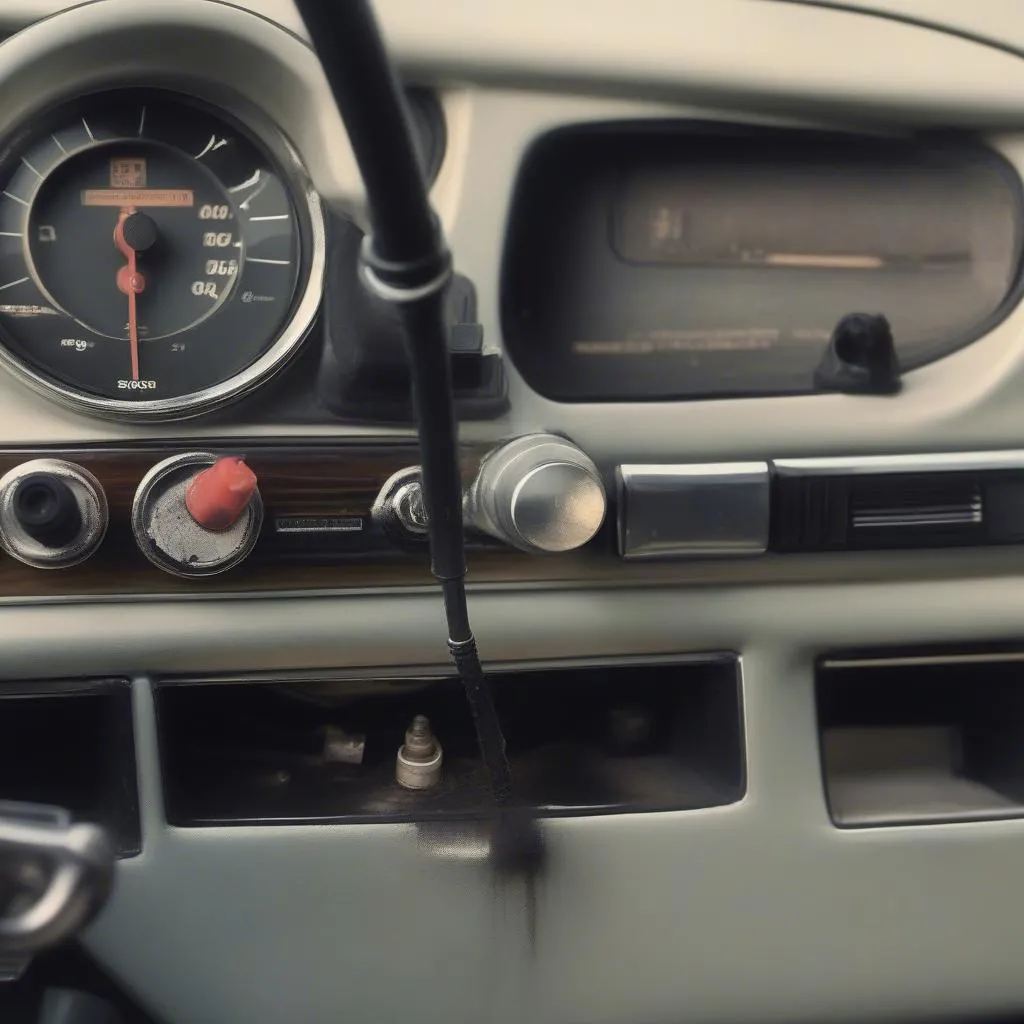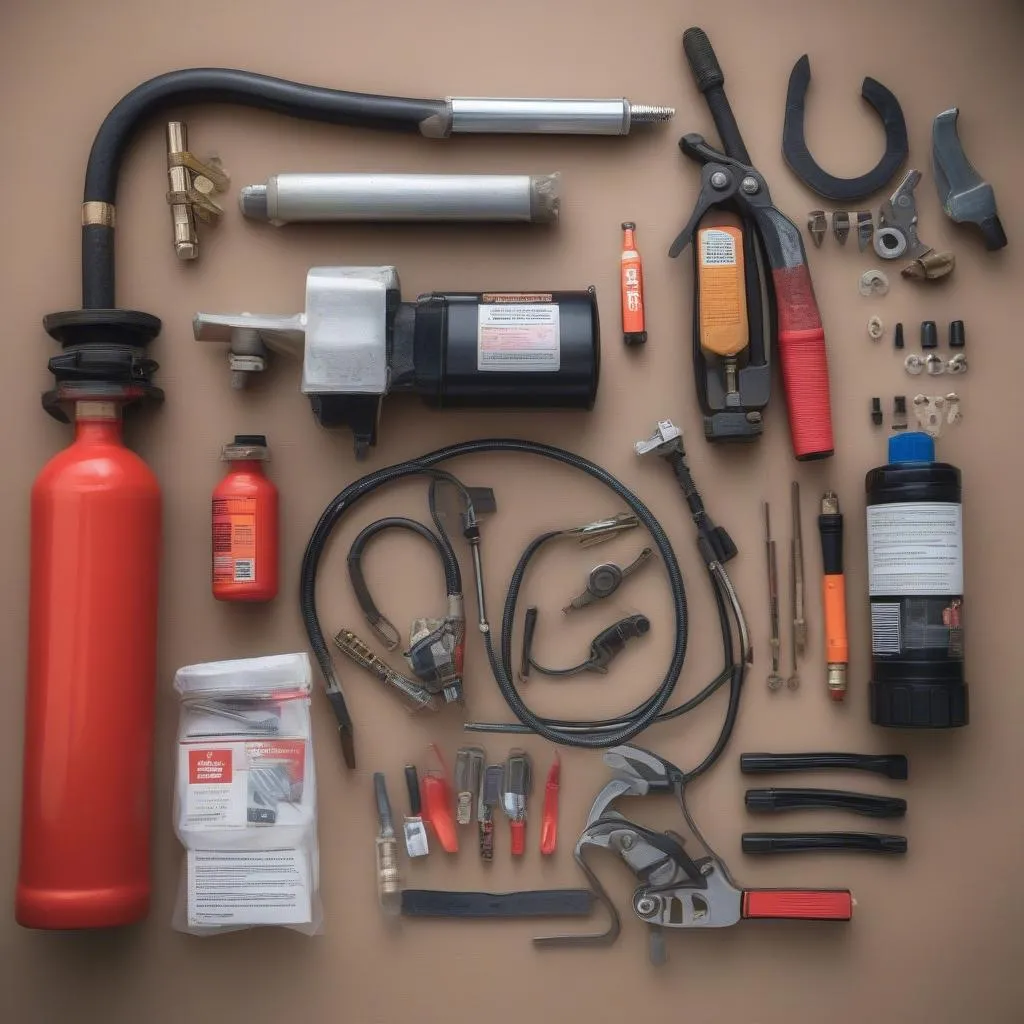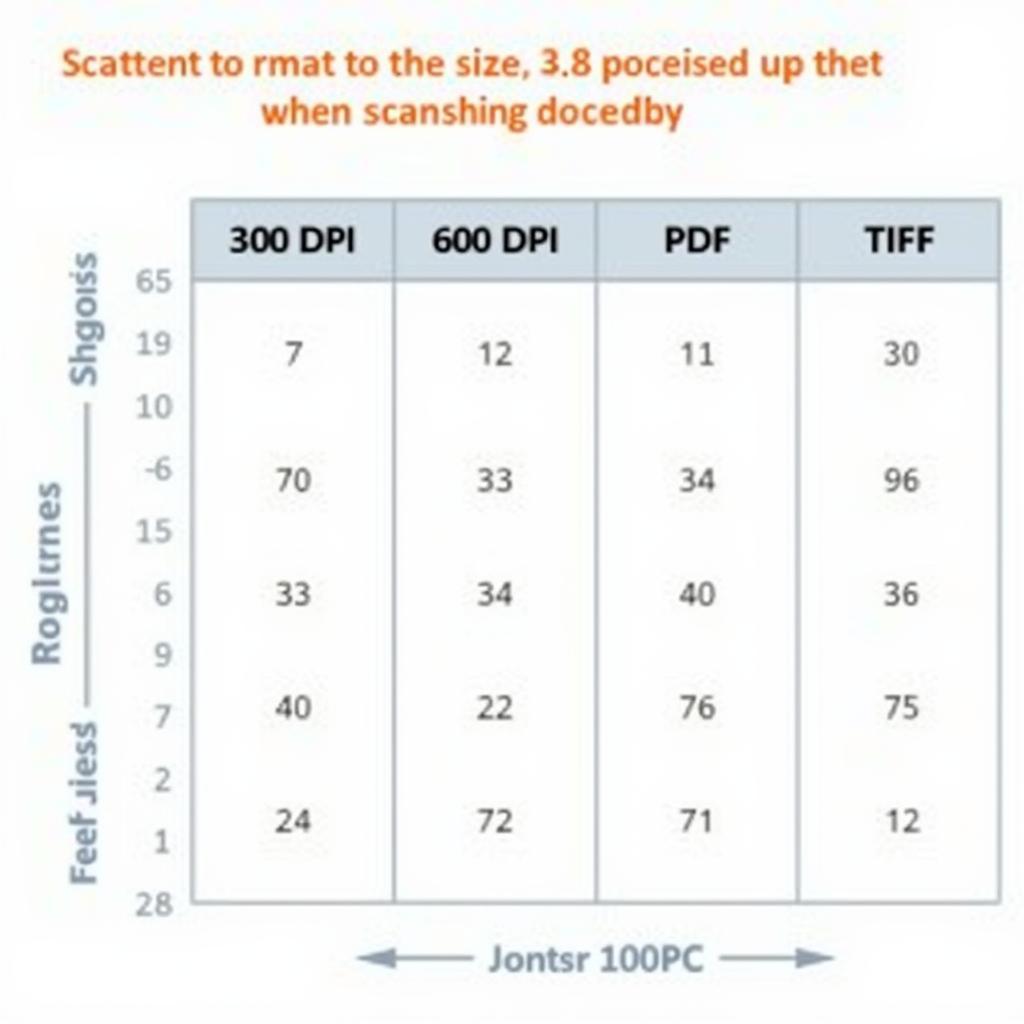Experiencing a fuel leak in your classic ’88 Mercedes 560SL? Don’t panic! Fuel pump leaks, while potentially dangerous, are a fixable issue, even for DIY enthusiasts. This guide will walk you through identifying, diagnosing, and repairing fuel pump leaks on your cherished Mercedes.
Understanding the Culprit: Fuel Pump Leaks
Before diving into the repair process, it’s essential to understand why fuel pumps leak. On your Mercedes 560SL, the most common culprits are:
- Age and Wear: Over time, the rubber seals and hoses in your fuel pump can degrade, leading to cracks and leaks.
- Corrosion: Exposure to moisture and road salt can corrode metal components, compromising the fuel pump’s integrity.
- Excessive Vibration: Constant vibrations from the engine can loosen connections or damage fuel lines, causing leaks.
 Mercedes 560SL Fuel Pump
Mercedes 560SL Fuel Pump
Identifying a Fuel Pump Leak
Ignoring a fuel leak can be dangerous. Here’s how to tell if your 560SL is suffering from this issue:
- Smell of Gasoline: A strong gasoline odor, especially near the rear of the car or inside the cabin, is a tell-tale sign.
- Visible Leaks: Look for wet spots or dripping fluid near the fuel pump, which is located beneath the car near the fuel tank.
- Engine Performance Issues: Fuel leaks can disrupt fuel delivery, leading to rough idling, sputtering, or difficulty starting.
Gearing Up for the Repair
Before beginning the repair, gather the necessary tools and equipment:
- Jack and Jack Stands: Safety first! Always work on a level surface with the car securely lifted.
- Wrench Set: To loosen and tighten bolts and fittings.
- Screwdrivers: For removing hose clamps and other fasteners.
- Replacement Fuel Pump: It’s generally recommended to replace the entire fuel pump rather than just the seals.
- New Fuel Hoses and Clamps: Replace any worn or cracked hoses and clamps.
- Safety Glasses and Gloves: Protect yourself from fuel and debris.
- Fire Extinguisher: A must-have for any flammable material work.
 Tools for Fuel Pump Repair
Tools for Fuel Pump Repair
Fixing the Leak: Step-by-Step
- Relieve Fuel Pressure: Locate the fuel pump relay (usually in the fuse box) and remove it. Start the car and let it run until it stalls, which relieves the pressure in the fuel system.
- Disconnect the Battery: Disconnect the negative battery terminal to prevent any electrical mishaps.
- Access the Fuel Pump: The fuel pump is located under the car, near the fuel tank. Depending on your model, you may need to remove a protective plate.
- Disconnect the Fuel Lines: Carefully disconnect the fuel lines from the pump. Have a rag handy to catch any remaining fuel.
- Remove the Old Pump: Remove the bolts securing the fuel pump to the tank and carefully lower the old pump out.
- Install the New Pump: Position the new fuel pump and secure it with the bolts.
- Connect the Fuel Lines: Reattach the fuel lines using new clamps.
- Reconnect Battery and Test: Reconnect the battery and turn the ignition key to the “on” position (without starting) for a few seconds to prime the system. Check for leaks before starting the engine.
FAQs: Addressing Common Concerns
Q: Can I drive my car with a fuel leak?
A: Absolutely not! Driving with a fuel leak is incredibly dangerous and could lead to a fire.
Q: Can I use a fuel additive to seal the leak?
A: While tempting, fuel additives are generally ineffective in permanently fixing fuel pump leaks, and they may even cause further damage.
Q: Can a faulty fuel pump relay cause similar symptoms?
A: Yes, a malfunctioning fuel pump relay can mimic the symptoms of a fuel leak. Before replacing the fuel pump, consider checking the relay using a digital multimeter.
Expert Insights
“Many owners misdiagnose a fuel leak,” explains Alex Turner, a seasoned mechanic and author of “Restoring Your Mercedes: A Comprehensive Guide.” “Always start by visually inspecting the fuel lines and pump for obvious signs of damage before jumping to conclusions.”
Cardiagtech: Your Diagnostic Companion
Consider using a professional-grade OBD2 scanner like those offered by CARDIAGTECH for diagnosing engine performance issues. These tools provide valuable information about your engine’s health and can help pinpoint the cause of fuel system problems. Learn more about their product range here.
Conclusion
While tackling a fuel pump leak on your ’88 Mercedes 560SL might seem daunting, it’s a manageable repair with the right guidance and precautions. Remember, safety comes first. If you are unsure about any step of the process, consult a qualified mechanic.


